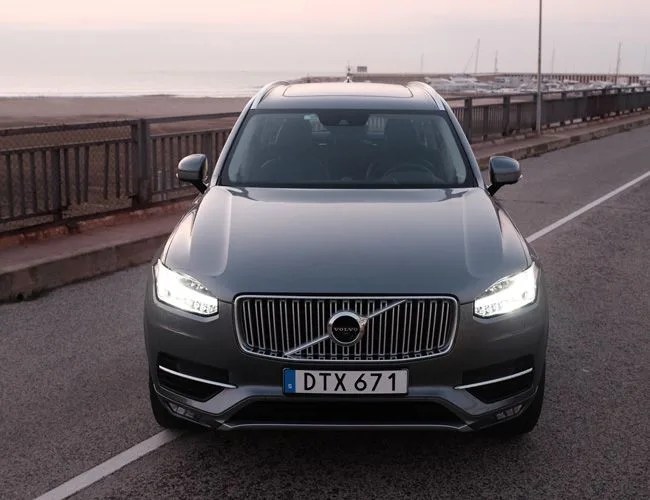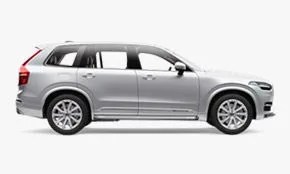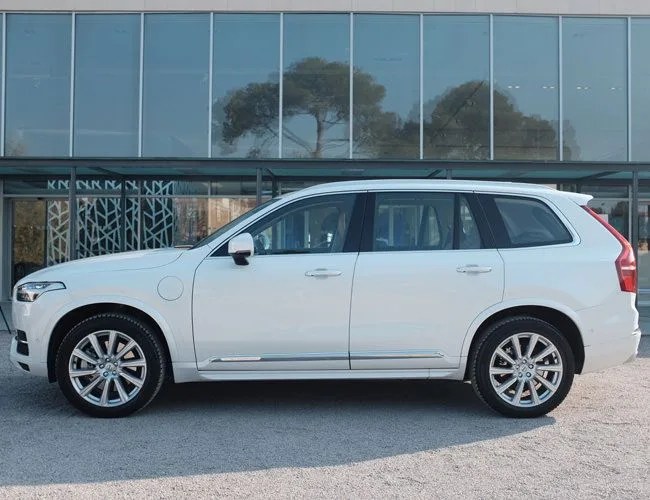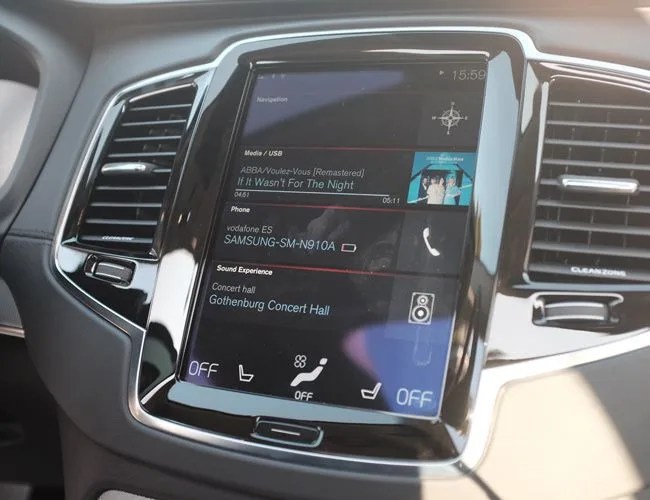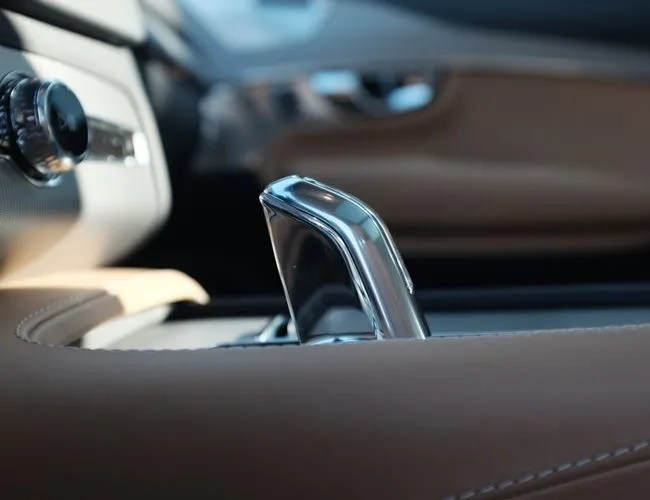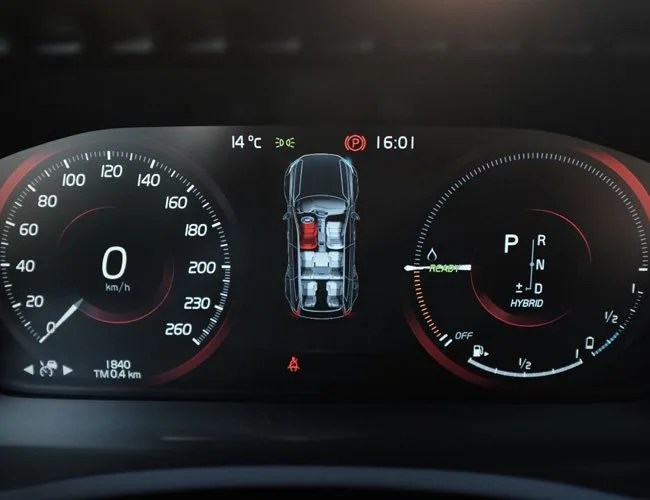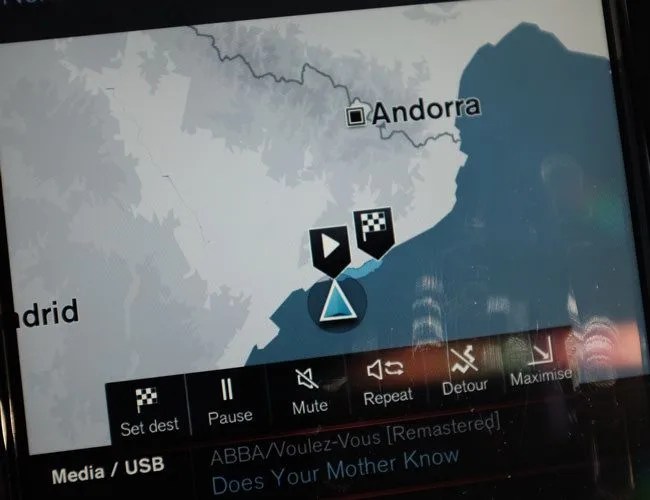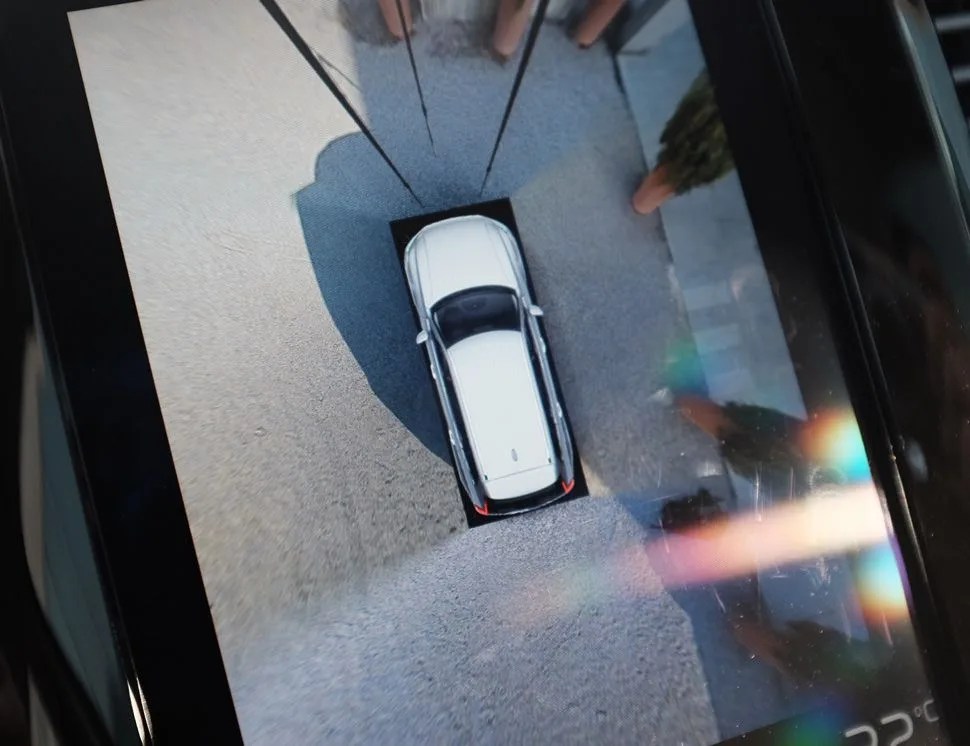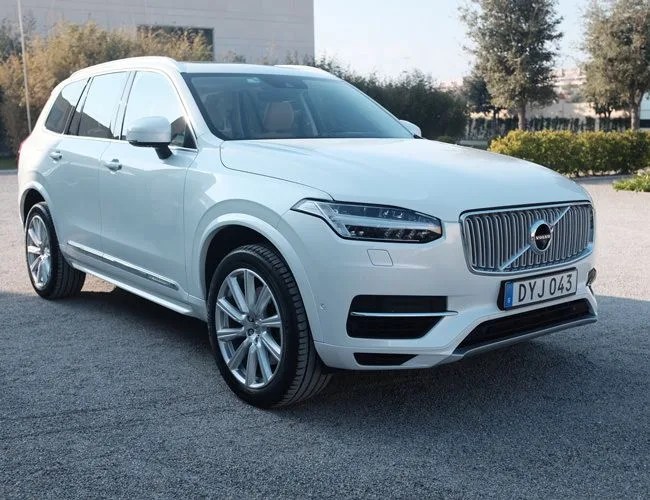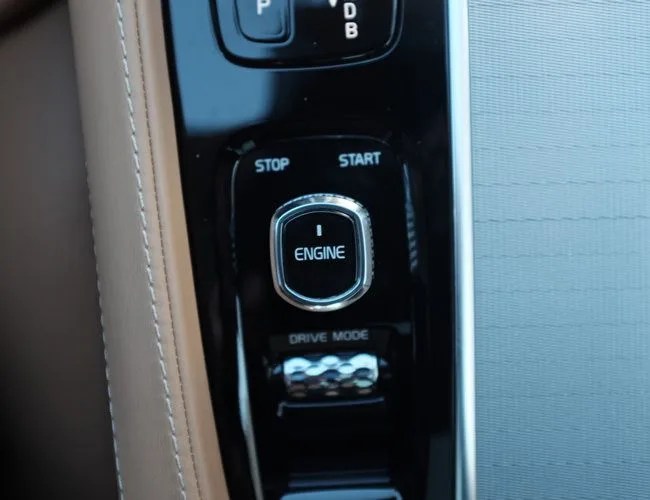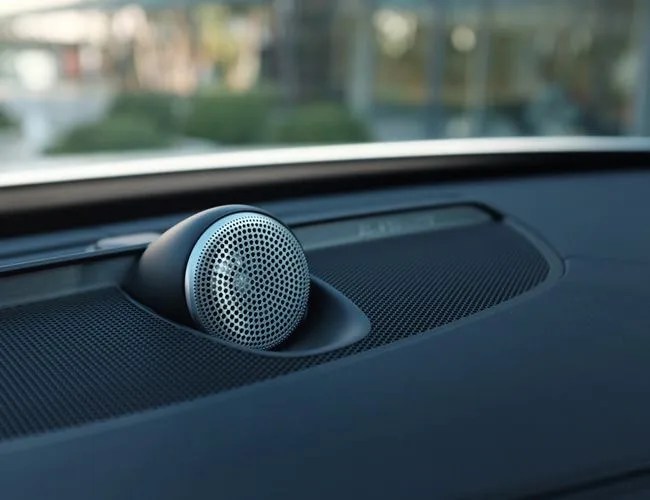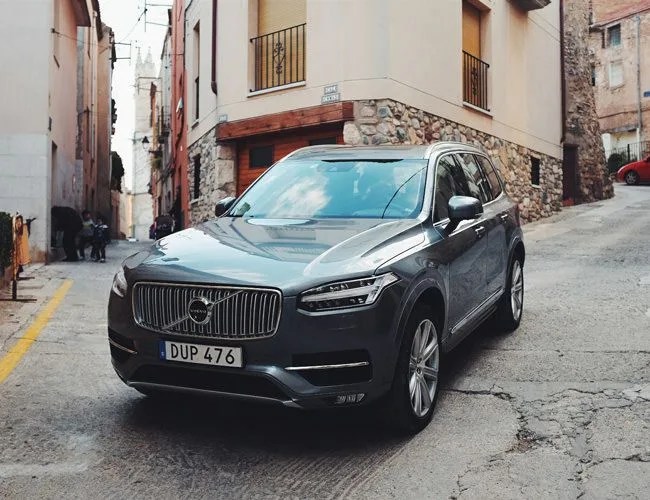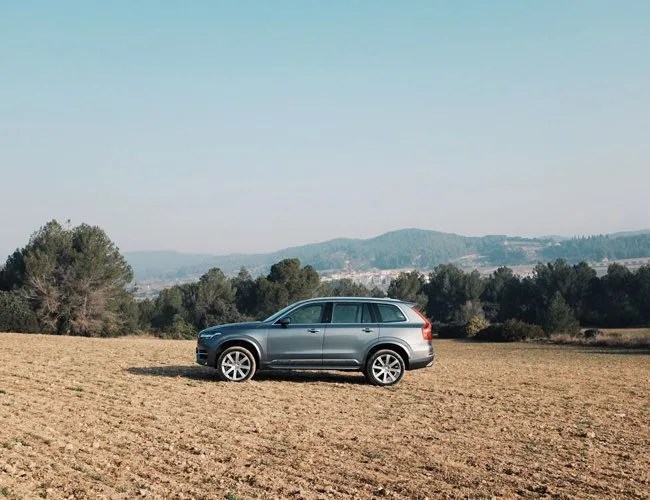When the Ford Motor Company announced its purchase of the Volvo Car Corporation in 1999 for $6.45 billion, it had grand plans to capitalize on the Swedish car manufacturer’s prestigious reputation for safety. Adding Volvo to the Ford Motor Company’s Premier Automotive Group (alongside Jaguar, Aston Martin and Land Rover), Ford planned to expand the Volvo lineup with an emphasis on luxurious, premium sedans, wagons and SUV crossovers that could compete with Mercedes-Benz and BMW.
MORE FROM SWEDEN: Ett Hem, a Swedish Hotel | Husqvarna in Huskvarna | Sunset in Kiruna
But Ford’s vision for Volvo collapsed among the deep losses from the global economic crisis of 2008; in December that year, Ford announced that it was looking for a buyer to acquire the Volvo Car Corporation. The deal wouldn’t be completed until 2010, when Chinese automaker Geely purchased Volvo for $1.8 billion — the largest foreign purchase by a Chinese car manufacturer ever.
The XC90 shows a well-executed trifecta of industrial, interior, and user experience design.
Attention was drawn to how the mass manufacturer would integrate a luxury brand like Volvo, prompting Geely’s Chairman, Li Shufu, to publicly promise to let “Volvo be Volvo”, stating that “Geely and Volvo are brothers, not father and son”. Upon close inspection of the entirely redesigned Volvo XC90 ($48,900) and in conversation with Volvo’s key members of the XC90 project, it would seem that Chairman Li’s promise has been kept.
The XC90 message is that this is the first product launch in a long series of new vehicles. They will be built using a brand-new architecture, designed from scratch. This architecture, referred to by Volvo employees as the “SPA Platform” (Scalable Product Architecture), allows a single modular chassis design to be shuffled around to fit the needs of several types of vehicles. It’s a footnote that may seem geeky and unimportant, but it’s a significant step for a car company that’s trying to reclaim its independence and re-energize its employees with a new vision.
Under the Hood
